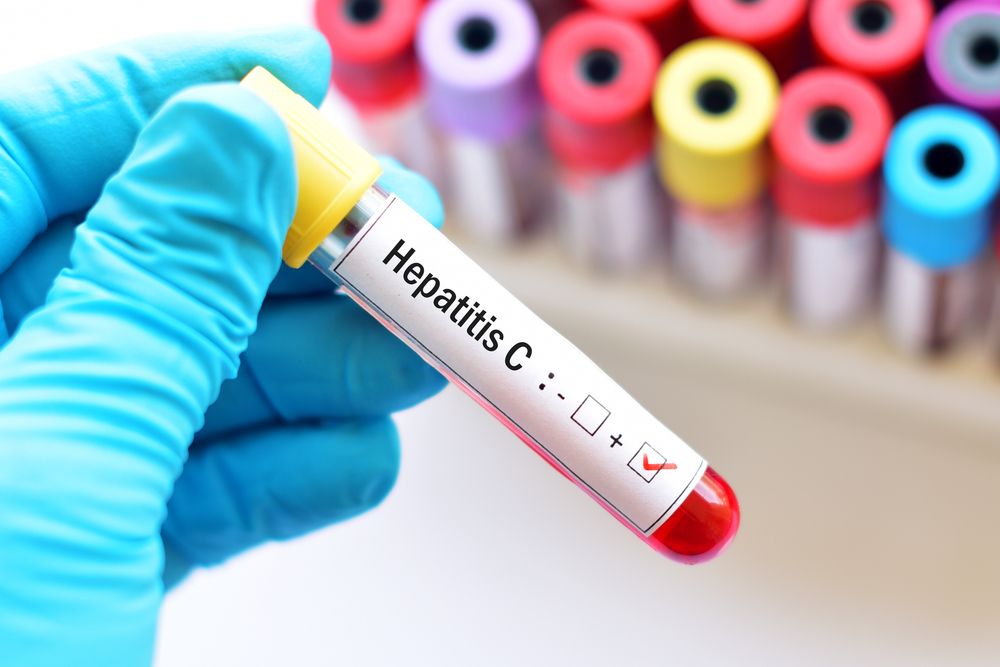Is universal HCV screening in pregnant women cost-effective?
Rising incidence rates of hepatitis C virus among pregnant women could indicate the need for universal screening, but as always, everything comes down to cost.
©Jarun_Ontakra - shutterstock.com

A highly effective cure is available for hepatitis C virus (HCV) infection, but incidence in pregnant women doubled in the United States between 2009 and 2014. US guidelines with differing recommendations for screening in this population also confound the issue. A recent study, appearing in Clinical Infectious Diseases, looked whether universal HCV screening in pregnant women would be cost-effective.
Taking a health care payer perspective, the authors compared the cost-effectiveness of universal HCV screening of pregnant women followed by postpartum treatment with background risk-based screening. A Markov model of HCV natural history was used. The population was pregnant women with an average age of 27 years (the median age of reproductive-aged women in the United States). The researchers also assumed a chronic HCV prevalence among pregnant women of 0.73% (95% CI 0.71-0.75) based on national estimates.
In terms of cost, the authors assumed no Medicaid reimbursement restrictions by fibrosis stage at baseline (states differ in their Medicaid reimbursement policies and may restrict reimbursement until an individual reaches certain METAVIR stages), but they explored various restrictions in sensitivity analysis. Baseline direct-acting antiviral (DAA) efficacy was assumed to be 90% and drug costs were assumed to be $25,000 per treatment course. Health outcomes were measured in quality-adjusted life years (QALY).
The authors found that universal HCV screening for pregnant women was cost-effective in all treatment eligibility scenarios. It was associated with incremental costs of $53.20 (95% CI 102-174) and an incremental increase in QALYs of 0.019 (95% CI 0.010-0.028) per pregnant woman screened compared to background risk-based screening. For pregnant women with no treatment reimbursement restrictions, HCV screening was cost effective compared to risk-based screening, with a mean incremental cost-effectiveness ratio (ICER) of $2,826 per QALY gained. Implementation of the universal screening approximately 5.04 million pregnant women in 2018 could have resulted in detection and treatment of 33,000 women, based on current fibrosis restrictions.
“Current AASLD/IDSA guidelines recommend universal HCV screening among pregnant women, but Society for Maternal-Fetal Medicine (SMFM), American College of Obstetricians and Gynecologists (AGOC), and Centers for Disease Control (CDC) guidelines do not,” Natasha Martin, DPhil, Associate Professor, Division of Infectious Diseases and Global Public Healthy, Department of Medicine, University of California San Diego, San Diego, CA, told Contemporary OB/GYN. “Recently, Kentucky became the first state to mandate HCV screening in this population. Consequently, aside from in Kentucky, pregnant women are not routinely screened for HCV despite the increasing burden of HCV in this population.”
She continued, “Our study finds that universal HCV screening of pregnant women is highly cost-effective in the United States. Extensive sensitivity analyses indicate that screening is likely cost-effective for all states, even states with lower prevalences and whose insurers restrict treatment to those with more advanced liver disease.”
“For many women, pregnancy is one of the few times in contact with the health system and covered by health insurance, and therefore could provide a critical window of opportunity to reach this population.”
S1E4: Dr. Kristina Adams-Waldorf: Pandemics, pathogens and perseverance
July 16th 2020This episode of Pap Talk by Contemporary OB/GYN features an interview with Dr. Kristina Adams-Waldorf, Professor in the Department of Obstetrics and Gynecology and Adjunct Professor in Global Health at the University of Washington (UW) School of Medicine in Seattle.
Listen
Study shows a healthy prenatal diet could be upstream obesity prevention strategy
December 26th 2024"Our findings support the recommendation of a healthy diet based on the current guidelines (as measured by the HEI) during pregnancy, since it may reduce patterns of infant growth outside reference ranges."
Read More
Early pregnancy cannabis use high in states with recreational legalization
November 11th 2024A population-based time-series analysis California before, during and after legalization show a rising trend in women using cannabis while pregnancy especially when the state has legalized the drug.
Read More
